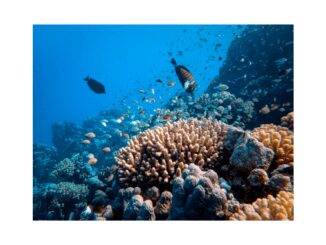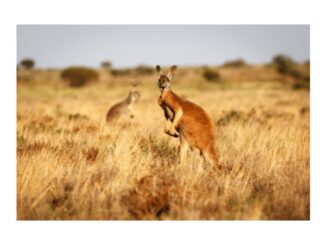
What is Ribose 5-phosphate its structure and formation
Introduction Ribose 5-phosphate is a product produced in the non-oxidative phase of the pentose phosphate pathway. The sequence of steps of enzymatic reactions where a […]

Introduction Ribose 5-phosphate is a product produced in the non-oxidative phase of the pentose phosphate pathway. The sequence of steps of enzymatic reactions where a […]

Introduction All organisms are made up of tiny billions of cells that cannot be seen with the naked eye. In 1665 scientist Robert Hooke first […]

Introduction Decomposers in grassland refer to the microorganisms of the grassland region that decomposed the animal’s and plant’s bodies. Grassland is an area where different […]

Introduction Everything which surrounds us may be referred to as the environment. Habitat is the natural home or environment of a plant, animal, or another […]

Introduction Earth is the only planet in the solar system that has a life, this is because of the earth’s unique atmosphere. The evolution of […]

Introduction Food is an essential element for human survival it provides energy to the body, builds tissues, and helps to maintain life. A person can […]

Introduction An ecosystem is a functional unit of the environment. Here living organisms interact among themselves and also with their surrounding physical environment. Grassland is […]

Introduction The biogeochemical cycle is an important cycle in the biological world. As the name suggests biogeochemical cycles cannot be completed without living beings hence […]

Introduction Food serves as the primary source of nutrition for both animals and the human body. When consumed in solid, semi-solid, or liquid forms, it […]

Introduction Grassland biotic factors are the living component of this region, it is called grassland because it is covered by grass. About 20% of the […]
Copyright © 2025 | WordPress Theme by MH Themes